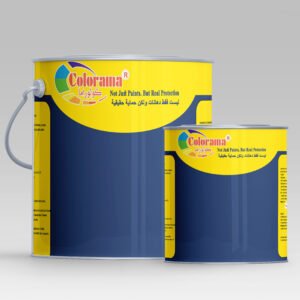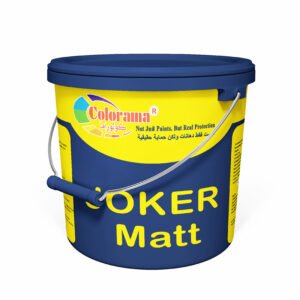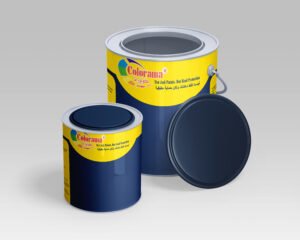Wood Coatings
Wood coatings are a type of protective and decorative layer that is applied to the surface of wood or wood-based materials to enhance their appearance, durability and performance. Wood coatings can be used for various purposes, such as:
- Preserving the natural beauty and grain of the wood, or changing its color and texture according to the desired style and design.
- Protecting the wood from physical, chemical and biological factors, such as moisture, insects, fungi, UV rays, stains, scratches and abrasion.
- Improving the functionality and usability of the wood, such as increasing its resistance to fire, heat, water, slip and impact.
There are many types of wood coatings available in the market, each with its own advantages, disadvantages and applications. Some of the most common types are:
- Paints: These are liquid or powder coatings that form a thick, opaque and colored film on the wood surface. Paints are known for their high hiding power, durability, versatility and ease of application. They are suitable for interior and exterior wood surfaces that require a uniform and smooth finish. However, paints also have some drawbacks, such as cracking, peeling, fading and chalking over time, requiring frequent maintenance and recoating.
- Varnishes: These are clear or tinted coatings that form a thin, transparent and glossy film on the wood surface. Varnishes are known for their high gloss, clarity, hardness and resistance to water and chemicals. They are suitable for interior wood surfaces that require a natural and elegant look. However, varnishes also have some limitations, such as yellowing, brittleness and poor adhesion over time, requiring careful surface preparation and application.
- Stains: These are pigmented or dyed coatings that penetrate into the wood surface and enhance or change its color without hiding its grain. Stains are known for their low cost, fast drying time, easy application and variety of shades. They are suitable for interior and exterior wood surfaces that require a rustic and natural look. However, stains also have some disadvantages, such as low durability, poor resistance to water and chemicals and uneven color distribution over time, requiring a protective topcoat.
- Lacquers: These are solvent-based coatings that form a hard, glossy and smooth film on the wood surface by evaporation of the solvent. Lacquers are known for their high gloss, durability, fast drying time and easy application. They are suitable for interior wood surfaces that require a refined and polished look. However, lacquers also have some challenges, such as high cost, high VOC emission, flammability and sensitivity to temperature and humidity, requiring special equipment and ventilation.
- Oils: These are natural or synthetic coatings that penetrate into the wood surface and nourish it with essential oils. Oils are known for their low cost, easy application, eco-friendliness and ability to enhance the natural beauty and grain of the wood. They are suitable for interior wood surfaces that require a warm and cozy look. However, oils also have some drawbacks, such as low durability, poor resistance to water and chemicals , long drying time , frequent maintenance , darkening , greasiness , odor , flammability , rancidity , mold growth , etc., requiring careful selection of oil type.
Showing all 10 results








